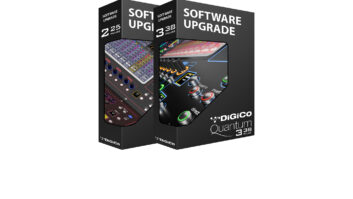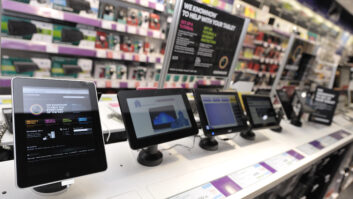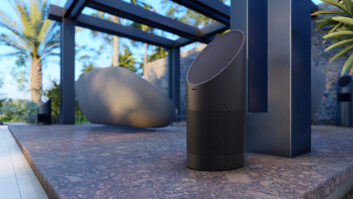Carlsbad, Calif.-The boards of National Association of Broadcasters (NAB) and the Association for Maximum Service Television (MSTV) Broadcasters voted to continue backing the Vestigial Side Band (VSB) transmission system for digital television broadcasting to the exclusion of rival COFDM.
“We conclude that there is insufficient evidence to add COFDM, and we therefore affirm our endorsement of the VSB standard,” the boards said in a joint statement on the decision. “We also conclude that there is an urgent need for swift and dramatic improvement in the performance of the present U.S. digital television system.”
The verdict prompted victory statements from the consumer electronics industry, which vigorously fought off challenges to VSB from broadcasters favoring COFDM.
“The debate over the modulation standard is over,” stated Consumer Electronics Association president Gary Shapiro. “All broadcasters who are seriously committed to the DTV transition should now recommit to the transition by continuing the buildout and producing more high-definition and digital content.”
Zenith, developer of VSB modulation, declared victory.
“The war is over, and the good guys won,” said Zenith communications VP John Taylor, reacting to the boards’ decision.
“The VSB standard has been vindicated, and with this announcement, the industry can move forward with VSB enhancements to further expand DTV’s capabilities for consumers and broadcasters alike,” added Zenith senior VP Richard Lewis. “Having lost to the FCC last year and now having suffered yet another stinging defeat, COFDM zealots should abandon the politics of obstruction and admit that their delay strategy has failed.”
However, COFDM advocates Sinclair Broadcasting and Pappas Communications offered no concession statements.
Representatives for the COFDM proponents said the COFDM receivers used for the NAB/MSTV tests were not optimized for the U.S. digital broadcast system.
A Sinclair spokesman sent out e-mail reports saying that COFDM receivers used in the study were inadequate to handle testing power levels, which caused them to overload.
The spokesman added that engineers conducting the tests never reported the problems when discovered early in the procedure and allowed the testing process to continue until its completion without attempting to correct any discrepancies.
At press time, Sinclair reportedly expected another round of tests to be conducted with or without NAB/ MSTV participation. Meanwhile, the NAB and MSTV boards were planning to determine how much additional funding would be allocated to further refine and improve the VSB system.













